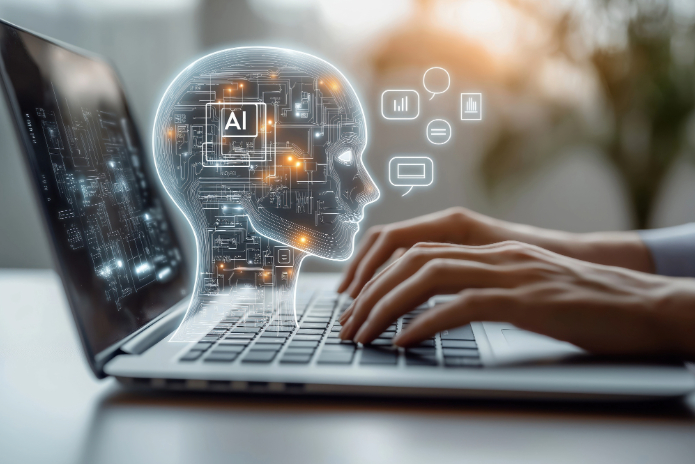Digital fraud is advancing at a rapid pace and challenging trust in the global financial system. In Brazil, increasingly sophisticated scams have become part of consumers’ daily lives. Among the most common practices are opening bank accounts with fake documents, online purchases in someone else’s name, payment account takeovers, card cloning, and even the use of deepfake-manipulated videos to deceive family, friends, and businesses.
According to the report “The Future of Finance 2025” by Veriff, a leading identity verification company that recently opened a tech hub in São Paulo, the number of fraudulent attempts grew by 21% over one year, between 2024 and 2025. In Brazil, 69.5% of companies already use artificial intelligence to combat fraud, while 16.5% are in the process of implementation—but the scenario remains concerning. According to a recent Serasa Experian survey, the country recorded over one million fraud attempts for the second consecutive month in 2025, highlighting the urgency for investments in stricter identity verification and risk prevention solutions.
Financial services remain among the top targets for criminals. Also per Veriff’s research, in the past year alone, one in every twenty verification attempts involved someone trying to impersonate another person—a type of scam that, without proper technology, can generate million-dollar losses for businesses and consumers. In the U.S., 35% of companies in the sector reported financial losses, with 13% citing impacts of up to 20% of annual revenue. During the same period, 47.5% of consumers reported experiencing some form of online fraud.
Kaarel Kotkas, founder and CEO of Veriff and one of the 25 most influential young entrepreneurs in Northern Europe, explains that the financial sector remains a prime target for criminals due to its quick financial returns. He adds that prevention is key to stopping crimes: ‘Our mission is to ensure real people have access to services while criminals are intelligently and scalably blocked, even in the face of increasingly sophisticated threats.’
AI as a Threat and a Solution
Artificial intelligence, however, is a game-changer in this scenario. While it is increasingly used in attacks—60.5% of respondents reported a rise in AI-driven scams, and 31.94% of Americans have already been targeted by deepfake fraud—the technology has also become one of the main allies in risk prevention. Solutions like digital identity verification and biometrics are already in use at 83% of companies, and 81% plan to expand their use of these technologies.deepfake—, a tecnologia também se tornou uma das principais aliadas na prevenção de riscos. Soluções como verificação de identidade digital e biometria já são realidade em 83% das empresas, e outras 81% planejam expandir o uso dessas tecnologias.
Digital Trust as a Competitive Advantage
For Andrea Rozenberg, General Manager of Veriff in Brazil, digital trust has become a decisive factor for competitiveness, especially in high-risk sectors like finance, payments, and cryptocurrencies, which experience fraud rates nearly twice the global average. ‘The future of financial services will be defined by companies’ ability to protect their customers in an increasingly digital environment. Biometrics is a powerful tool, but it cannot work alone. Authentication must combine multiple layers of verification and risk intelligence to truly safeguard the global financial ecosystem. The combination of AI verification, biometrics, and continuous authentication is essential to building secure and trustworthy experiences,’ she says.
Today, solutions already exist that can detect manipulated images, perform advanced biometric analysis, identify abnormal behavioral patterns, and strengthen real-time user authentication—making artificial intelligence the primary shield against fraud. ‘With increasingly sophisticated attacks, the expectation is that in the coming years, technologies like deepfake, continuous authentication, and real-time identity verification will become even more critical to protecting businesses and consumers,’ Andrea emphasizes.


